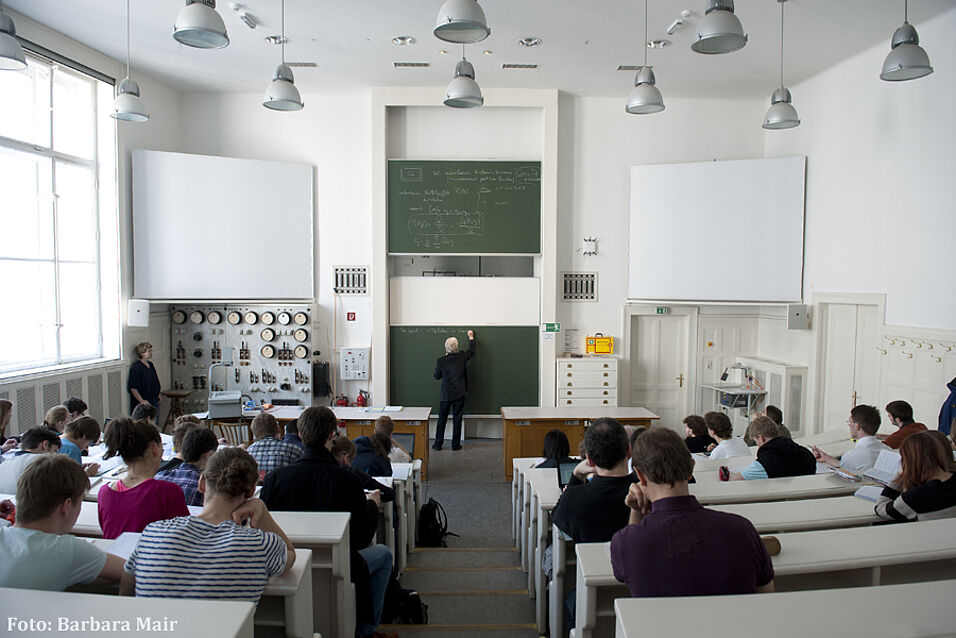Dual comb spectroscopy is ideal for trace gas sensing in the open atmosphere. It is a broad-band spectral technique which allows for measurements of multiple gas species simultaneously under identical conditions without the need to scan wavelengths. It is a coherent and bright technique which allows measurements to be made over much longer path lengths than with incoherent techniques such as Fourier transform spectroscopy. Finally, it has an accurate wavelength scale which eliminates the need for wavelength calibration and is a instrument line-shape-free technique.
Over the past several years, the Fiber Sources and Applications Group at NIST has developed several dual comb spectroscopy instruments in both the near-infrared and the mid-infrared to measure trace gases over open paths. Here, we present work on the first quantitative intercomparison of two near-infrared dual comb spectroscopy instruments, quantification of vehicle carbon dioxide emissions from Boulder, Colorado using dual comb spectroscopy, and the preliminary results of a very recent deployment of a mid-infrared system to an oil and gas drilling site in Colorado.
Eleanor Waxman,1 Kevin Cossel,1 Fabrizio Giorgetta,1 Gar-Wing Truong,1 Bill Swann,1 Gabe Ycas,1 Jacob Friedlein,1 Sean Coburn,2 Robert Wright,2 Greg Rieker,2 Ian Coddington,1 Nate Newbury11National Institute of Standards and Technology, Applied Physics Division, Boulder, CO USA2University of Colorado, Department of Mechanical Engineering, Boulder, CO USA
Im Rahmen des Vortrages findet eine Lehrprobe zum Thema
„Resolution in linear optics and its limits“ statt.

